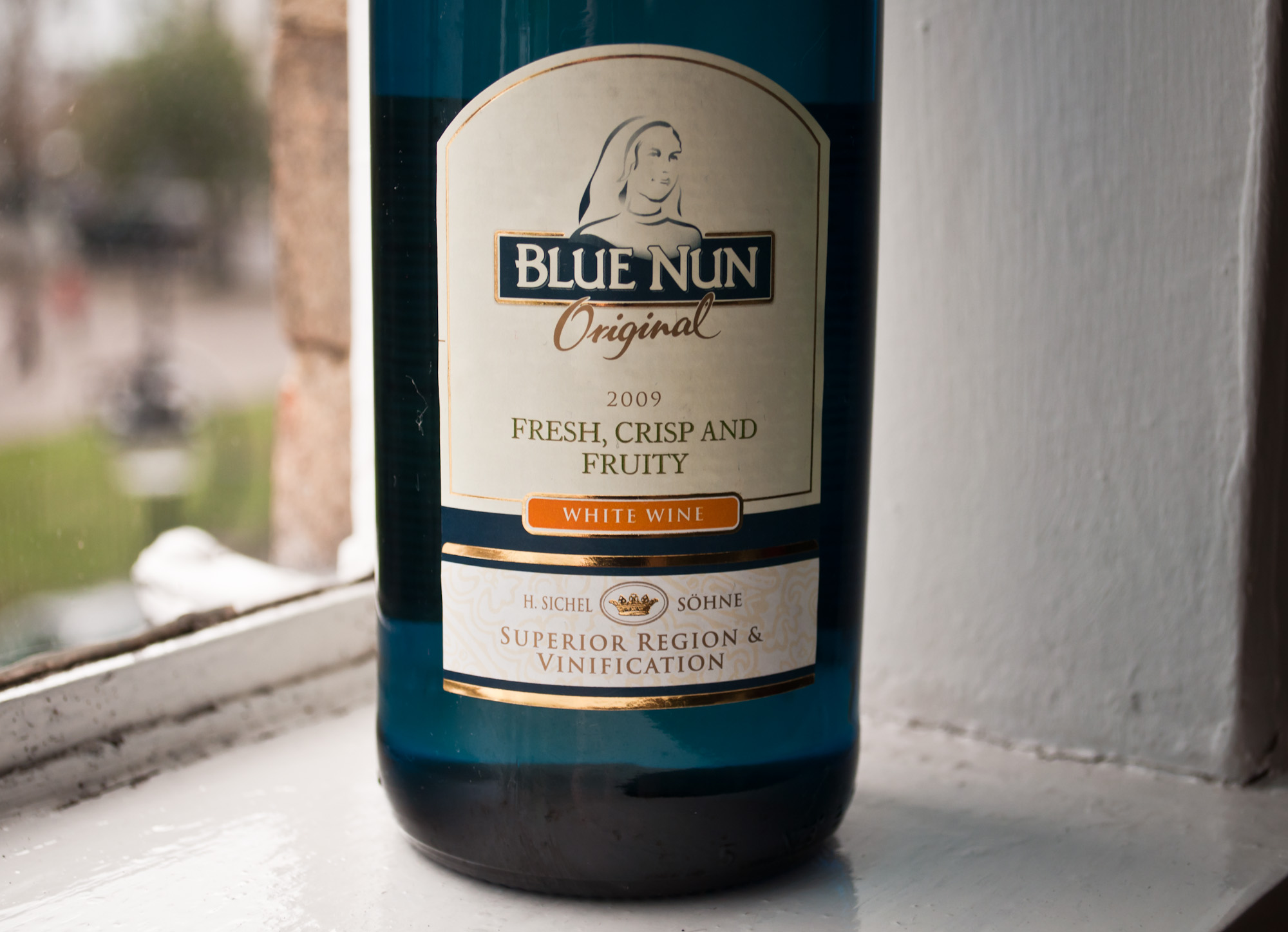Sainsbury's Taste the Difference Verdicchio dei Castelli di Jesi Classico, 2011
It could have been the cheap Pinot Grigio. It could have been all the talk about boring Super Tuscans. Or maybe it was growing up in Munich where everyone who wanted to be trendy drank Italian wine and annoyed the heck out of me with their cheap Prosecco talk. Whatever the reason, I don't tend to look to Italy when it comes to buying wine. Now, it has been established that I am a cool climate sucker and a certified acid hound, but a country with such a great wine tradition and amazing range of grape varieties and regions should have something to offer that I like.

Well, it does - and even more shockingly I found it in a supermarket.





